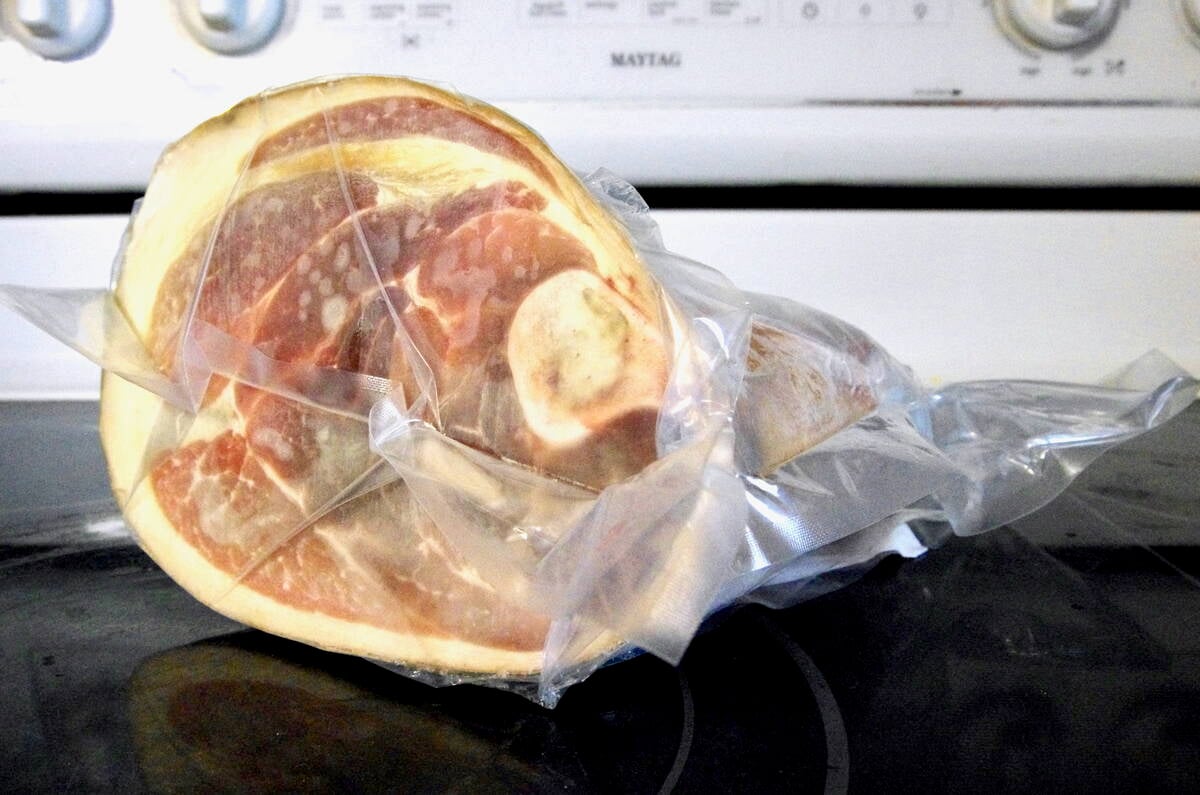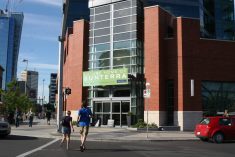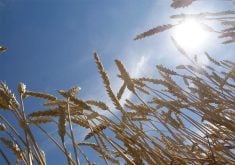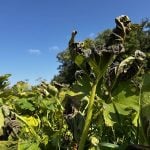When most people think of maple syrup they picture scenes of Quebec, where most maple syrup is produced. But maple syrup can be produced on the Prairies.
Manitoba maples, commonly found along riverbeds, in native woodlots, shelterbelts around farmyards and in towns can also be tapped.
Tapping the tree
Select trees that are at least 20 centimetres in diameter at a comfortable height above the ground. Trees should be tapped in early March to ensure the first flows are collected.
Select a spot on the trunk in an area that appears to contain sound wood. Avoid damaged areas and spots directly below knotholes or dead branches.
Read Also

Trade war may create Canadian economic opportunities
Canada’s current tariff woes could open chances for long-term economic growth and a stronger Canadian economy, consultant says — It’s happened before.
Drill a hole using a 7Ú16-inch bit approximately five cm into the wood, slanting slightly upward to get better sap flow. This also permits water to drain.
Insert a tap and hammer it lightly into the tree. Pounding the tap too deeply might crack the wood.
Attach a bucket to the spout to catch the sap. Buckets should be covered to keep out rain, snow and debris.
Collecting the sap
Sap flow is irregular. It occurs on warm days following nights when the temperature drops below freezing.
Sap should be collected each day there is flow. Processing should be done as soon as possible to produce high quality syrup, but it can be stored at a low temperature for two to four days without reducing quality.
If it is allowed to become warm before boiling, a darker, off-flavored syrup may result. Sap collection should be discontinued when the buds start to swell on the trees since the sap acquires a taste known as a “buddy” flavor.
Making syrup
The amount of sap required to produce one litre of syrup depends on the sugar concentration.
Sap from Manitoba maples varies from one to two percent sugar or more. At a concentration of two percent, 43 litres of sap is required to produce one litre of finished syrup. Boiling should be done outside or in a well-ventilated area to allow steam to escape.
Strain the sap through cheesecloth or a fine mesh screen and fill the boiling pan. Boil the sap off as fast as possible. Continue to add sap to replenish the sap that is boiled off.
Sap becomes syrup when its sugar concentration reaches 66 percent. Your syrup is ready when it reaches 104 C.
Filtering and packaging
Once the desired temperature for the sap has been reached, the syrup is ready for filtering and packaging. Pour the hot syrup through a wool or orlon filter to remove suspended particles such as sugar and sand and improve the appearance.
After filtering, the syrup should be packaged at a temperature of at least 85 C, so the heat sterilizes the container. After cooling, store in a cool, dry place.
The average Manitoba maple will yield 15-20 litres of sap, which makes 1Ú3 and 1Ú2 litre of finished syrup. Ultimately, syrup yield will depend on the environmental conditions during the season.
For more information on tapping maples, contact the PFRA Shelterbelt Centre, Indian Head, Sask., at 306-695-2284.














